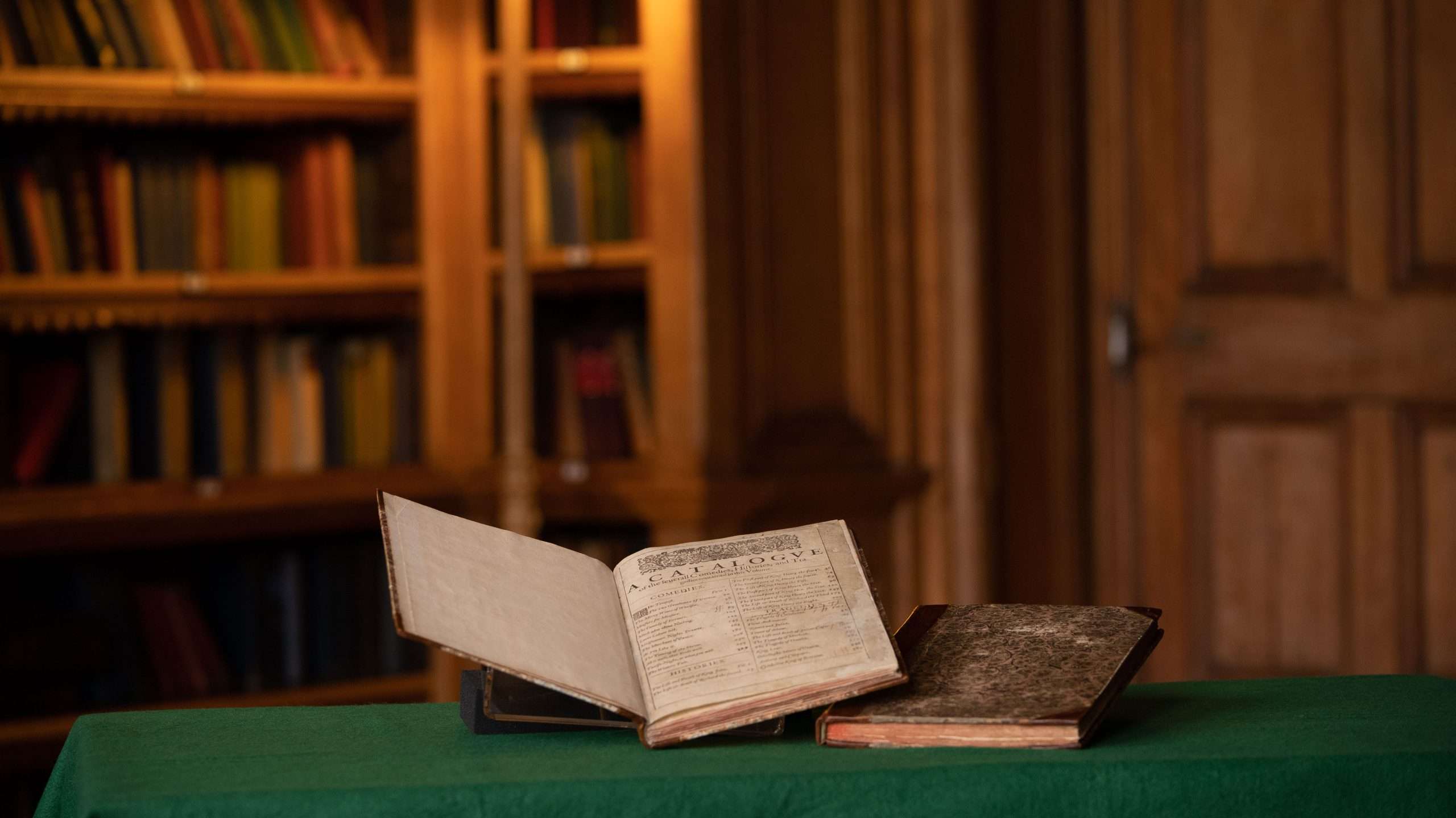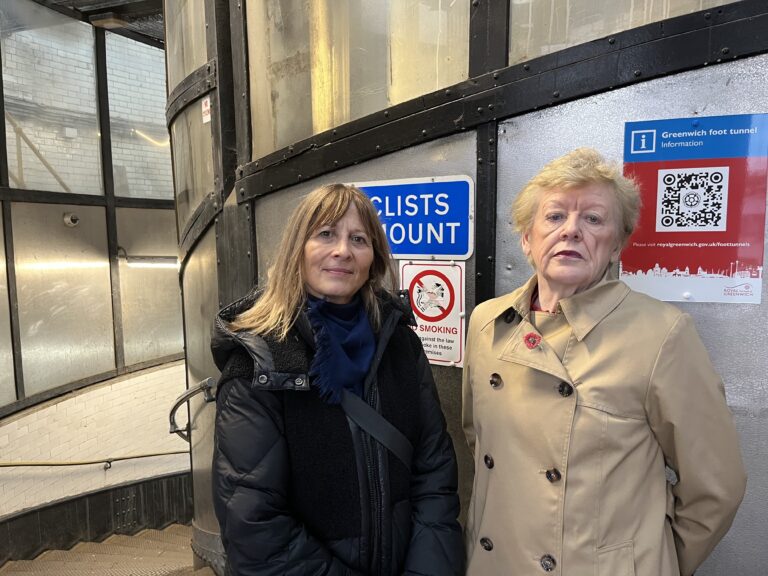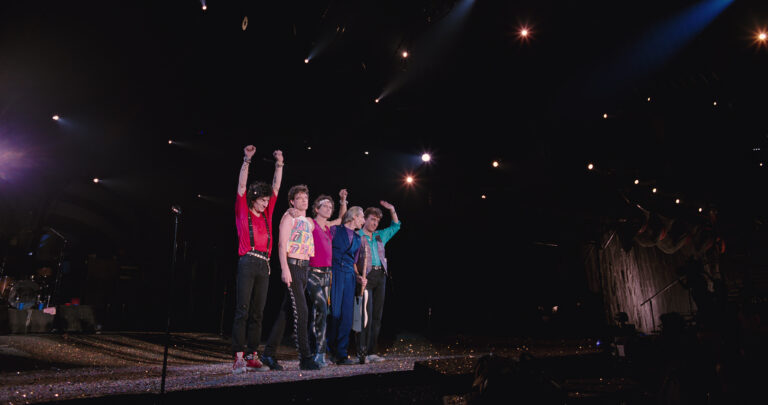One of the UK’s 50 surviving copies of Shakespeare’s First Folio – the first collected edition of William Shakespeare’s plays – has gone on show at the National Maritime Museum to mark the 400th anniversary since its publication.
The First Folio was published in 1623, seven years after the Bard’s death.
Private boys’ school Dulwich College has loaned its copy of the First Folio to Royal Museums Greenwich (RMG) for the six-month display. Running under the title ‘The Tempest and the Thames’, the exhibition hopes to draw links between the nautical references in Shakespeare’s works and the attitudes to waterways in London at the time.
Dulwich College’s copy of the First Folio features the playwright’s comedies and histories (though lacks the tragedies), with handwritten notes suggesting the texts were used in theatrical performances.
Curious to see it?
Visit on Shakespeare’s birthday, April 23, to make the most of a full day of celebrations around the Folio 400, including special tours of the Tudor and Stuart Seafarers Gallery at the Queen’s House as well as the chance to see the First Folio at the National Maritime Museum.
The Weekender spoke to Peter Jolly, Special Projects Archivist at Dulwich College, to find out more about the First Folio and Shakespeare’s connection to maritime history…

Holly O’Mahony (HOM): Firstly, can you tell us a bit about the link between Shakespeare and British maritime history?
Peter Jolly (PJ): Shakespeare worked on Bankside at a time when maritime trade was expanding into every corner of the world. It wasn’t simply a one way trade from London, ships were arriving from far flung places carrying new goods and, importantly, travellers and sailors with tales and experiences that they were ready to share. These stories could have inspired the settings and characters for some of Shakespeare’s plays. Shakespeare’s language and stories soon became currency around the world and it was, of course, the ships that carried the stories overseas and made Shakespeare a world figure. Of course, the fact he called his theatre the Globe suggests he had a world view.
HOM: There’s a fair few shipwrecks in his plays, including school favourite The Tempest. Was the sea regarded with more fear at the time?
PJ: The sea itself looms large in Shakespeare’s work. The Tempest opens with a tumultuous storm at sea, which almost becomes a potent personality itself, crucially influencing the plot and its characters. The very contemporary theme of colonisation is also addressed through Caliban, the only real indigenous islander in the play. He rages against Prospero for stealing the island and against the curse of his language, ‘the red-plague rid you/for learning me your language’.
HOM: Dulwich College is exhibiting its copy of the First Folio to mark the 400th anniversary of its publication. Why was the National Maritime Museum the right institution to display it?
PJ: April 23 is the national celebration of the 400th anniversary of Shakespeare’s First Folio. The occasion gives the National Maritime Museum a chance to place the book in a new and exciting context, unlocking its maritime connections. Dulwich College is rooted in south London and its founder, Edward Alleyn, regularly travelled between Greenwich, Dulwich and Bankside, often by boat (and sometimes with bears and tigers for entertainment at court!). It is natural that Dulwich College should look to partner with its near neighbour to find a new and exciting way of engaging with visitors from around the world.
HOM: Shakespeare’s Globe Theatre was perched on Bankside, right by the River Thames. Do we know whether the theatre was popular with local watermen?
PJ: The Thames between Greenwich and what we now know as central London teamed with boats, many of them the equivalent of water taxis, and the theatres relied on them for audiences. There is evidence of a document, written by Thames watermen in the early 1590s, that is a plea for the Rose Playhouse to re-open, possibly following an outbreak of the plague. The petition sheds light on the importance of the theatre and other ‘entertainments’ on Bankside to the livelihood of the Thames watermen and their families, who were on the brink of destitution. The preservation of this document in the Dulwich College Archive suggests the importance placed on the watermen’s trade and wellbeing, as well as the Rose Playhouse’s commercial interest.
HOM: How did Dulwich College acquire a copy of the First Folio in the first place?
PJ: Dulwich College was founded in 1619 by the great actor, impresario and philanthropist Edward Alleyn. He worked alongside Shakespeare on Bankside. On his death in 1626, Alleyn’s legacy included costume lists and play manuscripts. These and many other documents were left to the College. Over time the archive acquired other theatrical documents and books, including the First Folio.
The Tempest and the Thames is showing at the National Maritime Museum, Romney Road, London SE10 9NF.
March 31 – September 24, 10am – 5pm.
Admission: FREE
www.rmg.co.uk/whats-on/national-maritime-museum/tempest-thames-shakespeares-first-folio






